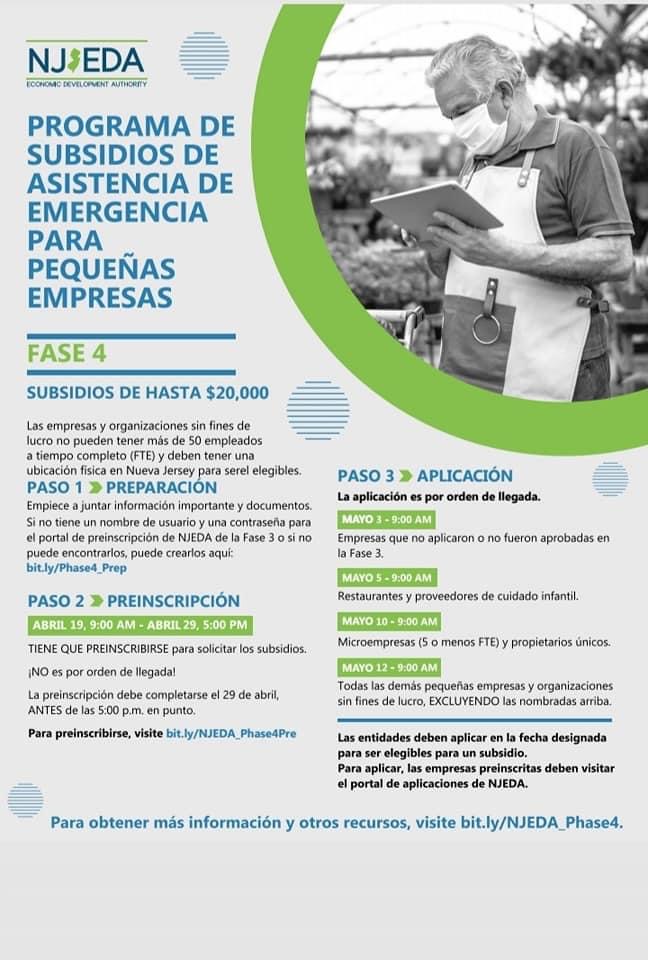

2 The UK health authorities already recognise the difficulty in identifying and treating these patient groups and have released specific guidance to achieve early identification and successful treatment. The majority of these cases were in patients who were born outside the UK the incidence was also higher in patients who were homeless, drug and alcohol misusers or immunosuppressed. In 2014, London saw 2572 new cases of TB, nearly 40% of the national total, a rate of 30.1 per 100 000 which is nearly three times that of the UK average (12.0 per 100 000). In the UK, the majority of new cases are concentrated in densely populated, urban areas. 5 Therefore, identification of factors that will lead to the consideration of a diagnosis of TB may prompt a more rapid initiation of investigations and sampling to allow for TB control measures. These factors all contribute to making screening programmes for active TB more challenging to implement. In addition, current diagnostic methods have either a low specificity (eg, chest radiographs/Interferon Gamma Release Assays (IGRA)) or there is a long delay until results are available, especially when sputum smear results are negative and microbiological culture can take several weeks. Mycobacterium tuberculosis infection may have a prolonged subclinical phase during which the diagnosis and isolation of infectious cases can be difficult. Countries similar to the UK have made steady but intensive efforts to control TB and have seen a reduction in the number of new cases. 2 For the same year in the USA, which has a population nearly five times that of the UK's, 9421 cases of TB were reported 3. 1 In England, the incidence of TB is persistently high. The WHO estimated that 9.6 million people developed tuberculosis (TB) in 2014.


 0 kommentar(er)
0 kommentar(er)
